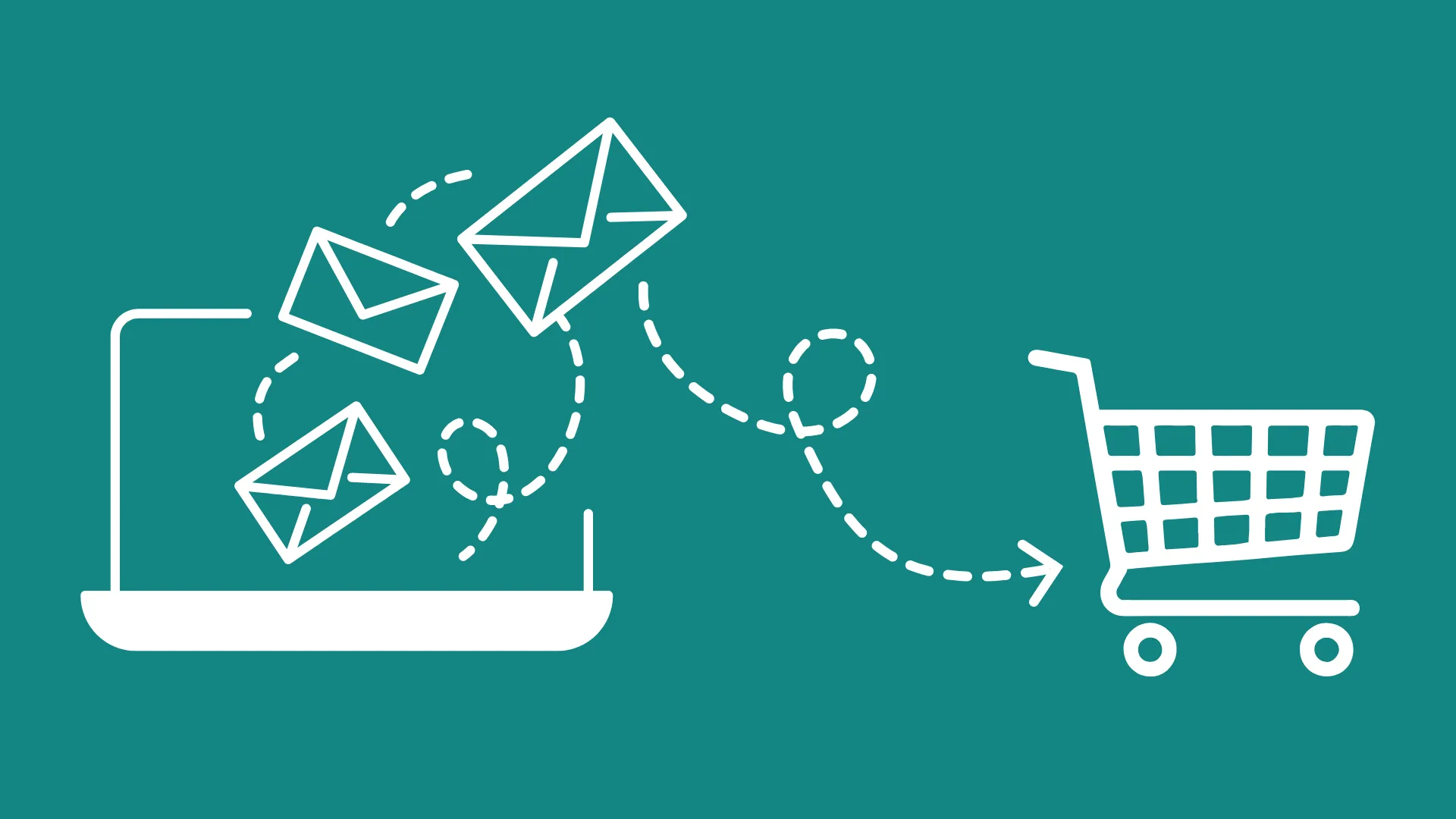When a social media post starts gaining traction, you’ll often receive prompts from the platform encouraging you to reach a wider audience by boosting the post. A word of advice: Don’t do it. It’s a waste of your precious ad budget and probably won’t achieve anything other than some extra likes on your post.
What is a Boosted Post?
Boosting a post is a common feature across social media platforms, originating with Facebook. Before the introduction of Ads Manager, Business Pages only had one way of advertising; boosting posts. There were no campaigns or objectives other than increasing your reach and engagement. At that time it was beneficial, as Business Pages were favoured by the algorithm, and boosting could provide an extra visibility boost.
To quote Meta, “A boosted post is an ad you create from an existing post you published on your Facebook Page or Instagram account.” It’s the simplest way to have your post reach more people on the platform. On the surface it sounds good – you’re getting more eyes on your content. However, the simplicity of boosting posts is where problems arise.
Why Boosting Posts is very, very bad
Boosting posts lacks the customisation and targeting options that a traditional Meta campaign offers. With boosting, you have limited control over how the ad runs and how its success is measured. It’s much harder to track where your money is going, assess whether the campaign was effective, or determine who actually saw your post.

What is the difference between Boosted Posts and Promoted Posts?
Don’t be fooled by different terms – “boosted,” “promoted” and “amplify” mean essentially the same thing across all social media platforms. Regardless of the name, these features offer the same limited capabilities.
What to do instead of Boosting Posts?
If you’re aiming to increase reach and engagement with your target audience, the better approach is to run a traditional Meta campaign with an Engagement or Reach objective. This method gives you full control over how your budget is spent, offers more audience targeting options and allows you to customise details like ad placements.
You don’t need to start from scratch, either. The ‘Use Existing Post’ feature lets you promote an already-published post within a structured campaign. This way, you can rotate new posts into your campaign or turn off posts that have run their course. This approach also makes it easier to monitor performance, manage your budget and maintain overall control.

If you’re looking for expert help with your social media advertising, you’ve come to the right place. Contact our team to find out how we can help grow your business online.

Once upon a time, Black Friday was a single weekend event that followed Thanksgiving in the U.S. It's basically their version of Boxing Day sales but with [...]

People are opening your emails. They’re clicking your links. But… they still haven’t converted. You're first reaction is probably, "My emails aren't working." But that's not actually [...]

We’ve entered a new era of marketing - one where your content is no longer just read by people. It’s interpreted by AI. From Google’s Search Generative [...]

For months, we’ve all been wondering what the future holds for Google Ads with AI Overviews and the new AI Mode changing the way people interact with [...]

It’s not your imagination - social media feels a little quieter these days. Posts that once racked up likes, comments and shares are now met with a [...]

Something has shifted online this year, and if you work in marketing, you’ve felt it. Feeds feel noisier, yet somehow emptier. Search results loop endlessly. Trends peak [...]

Engaging with your audience may be more powerful than most social media teams realise. A new data study from Buffer has revealed that responding to comments on social [...]

Once upon a time, Black Friday was a single weekend event that followed Thanksgiving in the U.S. It's basically their version of Boxing Day sales but with [...]

People are opening your emails. They’re clicking your links. But… they still haven’t converted. You're first reaction is probably, "My emails aren't working." But that's not actually [...]

We’ve entered a new era of marketing - one where your content is no longer just read by people. It’s interpreted by AI. From Google’s Search Generative [...]

For months, we’ve all been wondering what the future holds for Google Ads with AI Overviews and the new AI Mode changing the way people interact with [...]

It’s not your imagination - social media feels a little quieter these days. Posts that once racked up likes, comments and shares are now met with a [...]

Congratulations. You’ve already beaten the odds. On average, 8 out of 10 people will read the headline of a piece of content - but only 2 out [...]

AI tools like ChatGPT, Google Gemini and Perplexity are quickly becoming part of how people discover websites. Instead of searching Google directly, users are asking AI tools [...]

We often hear that attention spans are decreasing, particularly among Gen Z. Social media platforms like TikTok and Instagram are often blamed, with headlines suggesting that endless [...]

